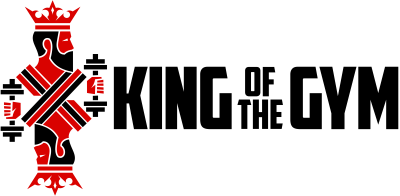Wrist Extensors: Functional Anatomy Guide
The wrist extensors are a group of nine individual muscles on the back of the forearm that act on the wrist and fingers. Collectively, their primary function is wrist extension, though they also help carry out other movements of the wrist and fingers. The individual wrist extensor muscles are as follows: Extensor carpi radialis longus … Read more
